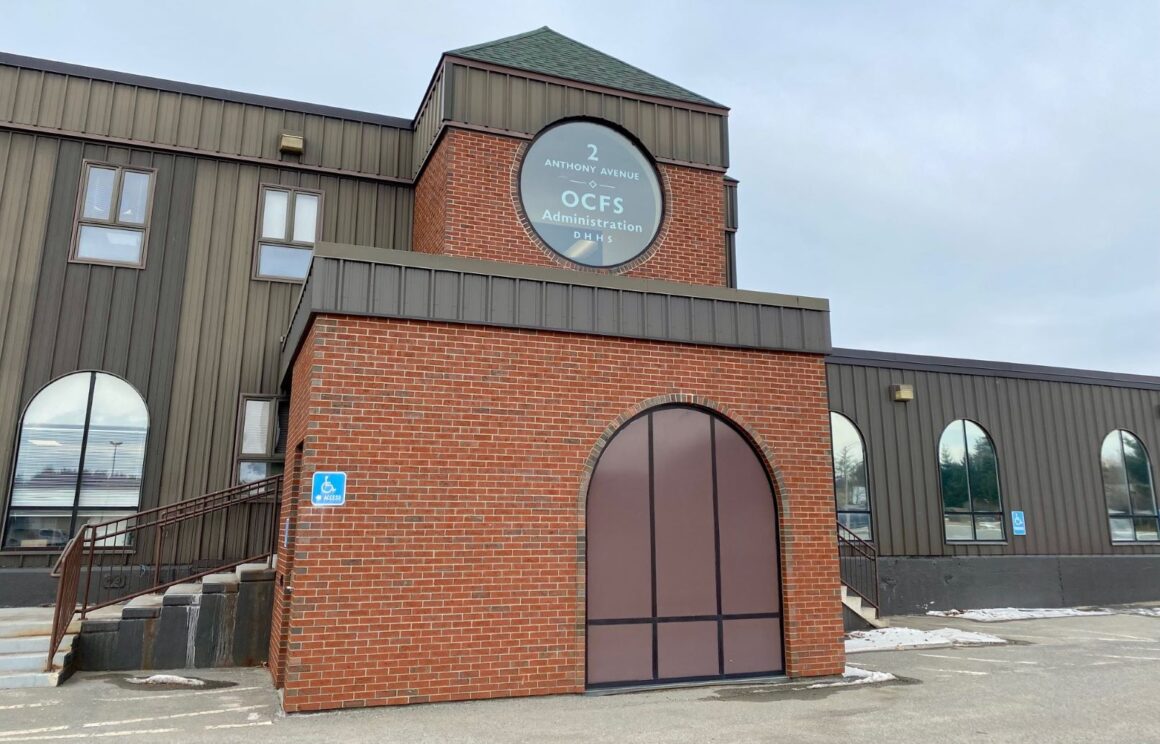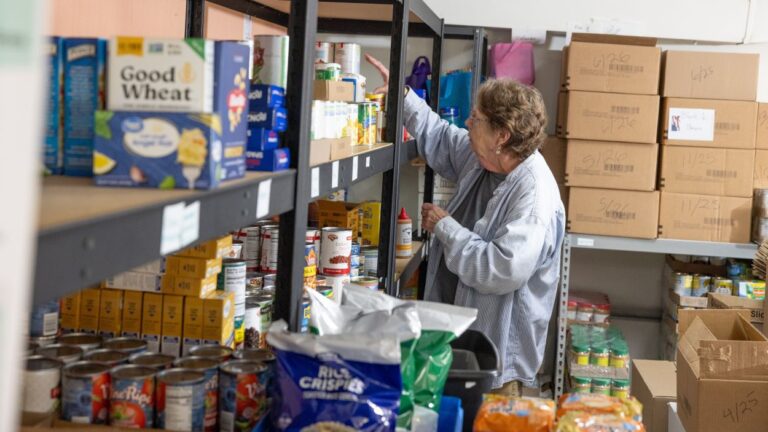Maine’s foster care population grew at a higher rate than any other state between 2019 and 2023, new federal data shows.
It was one of just six states that increased its foster care population during that five-year period, according to a Maine Monitor analysis of data from the federal Adoption and Foster Care Analysis and Reporting System (AFCARS).
AFCARS published data for fiscal year 2023, the most recent year for which data is available, in May, showing that Maine removed children from their families because of abuse and neglect at one of the highest rates in the country.
In 2023, Maine was more likely to remove children than all but five other states: West Virginia, Alaska, Montana, Kentucky and South Dakota. That year, Maine removed 4.14 children per 1,000 living in the state, about 75 percent higher than the national rate of 2.4 children per 1,000.
While Maine’s foster care population increased 17 percent between 2019 and 2023, the most in the nation, the national foster care population fell nearly 20 percent.
More recent data from Maine’s Department of Health and Human Services, however, shows the state foster care population has declined since reaching a 20-year high last fall.
Maine’s child welfare system includes DHHS, the Attorney General’s office, which represents the department in court, the attorneys who represent parents and the judges who preside over child protection cases.
Within DHHS, the Office of Child and Family Services (OFCS) oversees child protective cases and the removal of children. In an interview, OFCS Director Bobbi Johnson said the growth of Maine’s foster care population was due in part to higher than average rates of cases involving substance abuse, a lack of attorneys to represent parents and a dearth of behavioral and mental health support services, which has “resulted in a lack of reunification services.”
Johnson, who became the office’s director in early 2024, also attributed the increase to several highly publicized deaths of children known to DHHS in late 2017 and early 2018. Those tragic deaths prompted legislative changes and policy shifts, as well as an increase in reports to the department.
The phenomenon is not unique to Maine. Research has suggested media coverage of child deaths can prompt increases in the number of children entering foster care and decreases in the number adopted or reunited with their families, as caseworkers take a “better safe than sorry” approach.
Johnson said the department is working with organizations that study the science of children’s safety as it adjusts its approach to be less “reactive.”
She expressed a desire to improve the system and staff knowledge instead of “saying the system is not working effectively and everything needs to be changed, which I think tends to be what you see in jurisdictions where there are child fatalities.”
Some still see an issue, however.
“We continue to be in a place in our state where we are almost solely focused on these tragedies and criticism of the child welfare agency’s response; that has an impact on decision-making at many levels, which can lead to more kids coming into care,” Melissa Hackett, a policy associate with the Maine Children’s Alliance, said in an email.
Poverty vs. neglect
The federal data shows that two-thirds of the children Maine put in foster care in 2023 were placed there because of neglect, which is higher than the national average.
In recent years, there has been a growing consensus nationwide that in many cases, removing children from homes can result in more long-term harm than leaving them there and connecting families with services, such as mental health and substance use treatment, behavioral supports and financial resources. This movement is linked to the idea that child welfare agencies often accuse parents of neglect when the root issue is poverty, and could be addressed by putting supports in place rather than removing a child.
Earlier this week, Governor Janet Mills signed legislation into law that changed the state’s definition of child neglect, creating an exception for parents who can’t provide necessities because they are unable to afford them. More than half of U.S. states have adopted similar statutes. The department supported the change.
But some lawmakers and advocates in Augusta argued that the bill didn’t go far enough. They argue the state is unnecessarily separating families and paying for foster care, lawyers and court time instead of addressing the symptoms of poverty. They argue the state is opening too many cases, making it harder to identify those that are particularly dangerous.
“The system we have now is not designed to effectively keep children safe,” Alica Rea from the Maine ACLU testified before a legislative committee in April. “Instead, the system puts parents, especially single mothers, in the impossible situation of having to overcome poverty in order to stop being monitored and to reunite with their children, without providing them with the resources necessary to do so.”
Not everyone shares this perspective. According to Maine’s child welfare ombudsman, the state is not removing children from homes quickly enough.
“Since 2019, the trends that my office has seen do not show that the Department is taking too many children into state custody,” Christine Alberi wrote in an email. “The Department has often delayed taking children into custody too long after multiple investigations or safety plans.”
Alberi said the department’s reaction after 2018 included “a much higher level of risk aversion” that was “not a model for child welfare practice.”
This included reinvestigating cases sent to the Alternative Response Program (which is often where low severity cases are referred) and ending out-of-home safety planning, which resulted in more children entering custody, Alberi said.
“Many changes were needed but instead of refocusing on proper practice, the Department did too much too quickly,” Alberi wrote.
Declining numbers
Data suggests Maine’s foster care surge may be receding.
The number of children entering state custody increased from 820 to 1,246 between 2017 and 2019, a 50 percent rise. But in the next five years, entries into the system fell 15 percent to 1,054 in 2023.
Despite the lower level of children entering the system, the overall foster care population continued to grow until well into 2024, as the number of children exiting the system, due to adoption or reunification with parents, was lower than the number of children entering.
While federal data is lagging, Maine’s child welfare dashboard has more current numbers. They show that the foster care population continued to increase from 2023 to 2024. In July, the number of children in state care hit a 20-year high of 2,579.
But that total has been declining since, dropping to 2,290 in April.
Johnson sees the decline as “a positive movement.”
She attributed the decline to more adoptions (Maine has a higher rate of children leaving the system through adoption than the national average) and efforts to identify barriers to either adoption or reunification. She also credited investments in the state’s behavioral health system, which allow families to get help before removal is needed, Johnson said.
“Building out the infrastructure of prevention within our state is really critical,” she said.







